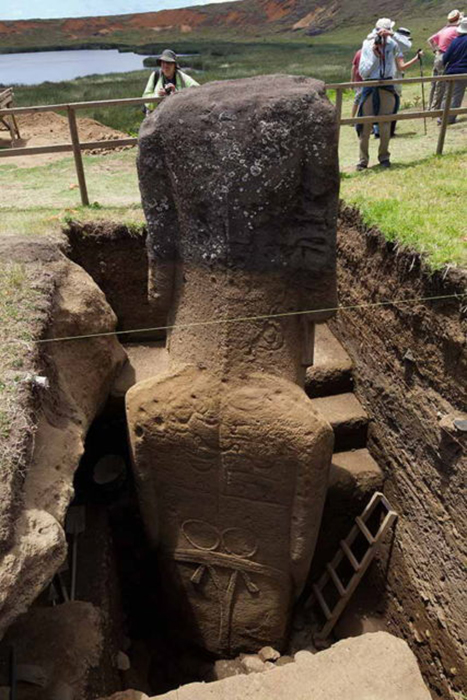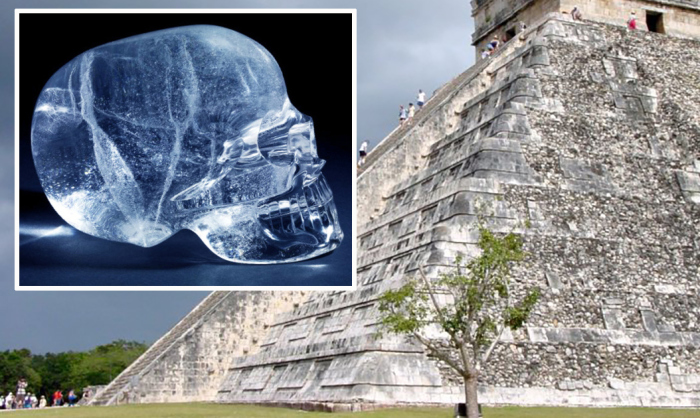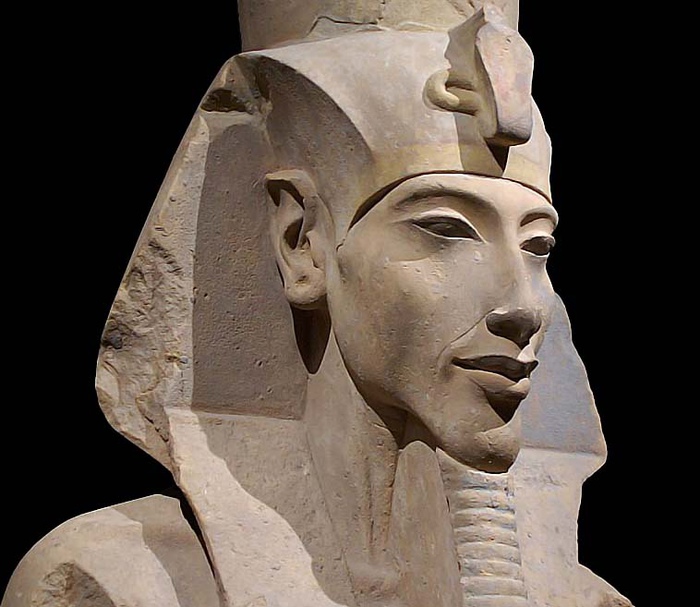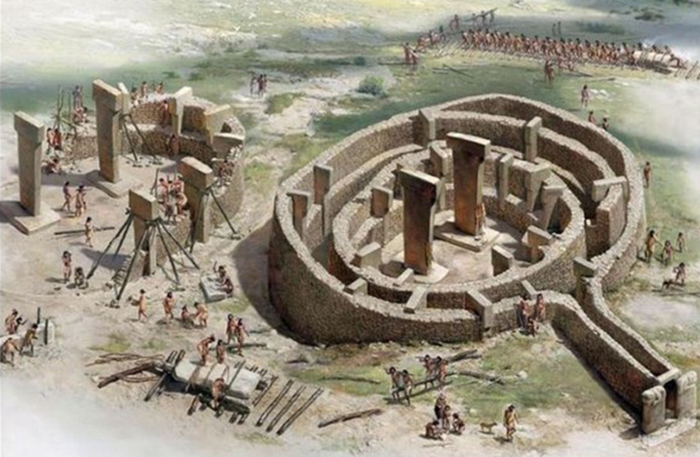centuries – trenches
Archaeologists have discovered the skeleton of a man who used a knife instead of a prosthetic arm
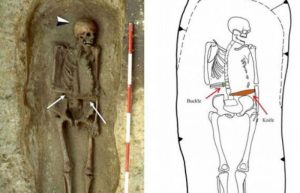 Who among us does not remember the formidable captain Hook, the inveterate enemy of Peter Pan? Literature and cinema is replete with characters whose distinctive detail was the presence of such an unusual prosthesis. But more recently, Italian archaeologists discovered an amazing find. They found the skeleton of a man who, apparently, used a knife to replace an amputated hand.
Who among us does not remember the formidable captain Hook, the inveterate enemy of Peter Pan? Literature and cinema is replete with characters whose distinctive detail was the presence of such an unusual prosthesis. But more recently, Italian archaeologists discovered an amazing find. They found the skeleton of a man who, apparently, used a knife to replace an amputated hand.
It is difficult to believe in the authenticity of such a find: an analysis of the bones of the skeleton suggested that this person lived in the 6th – 8th centuries. There is no need to speak about any professional medicine or even about the observance of basic sanitary standards during this period. Continue reading
Giant images of the Nazca Valley: Communication with a deity or signals to space ships?
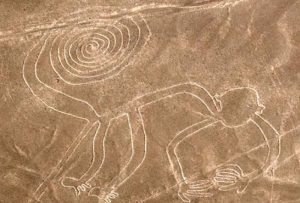 Civilizations left in the past have left riddles to modern man, on the solution of which the best minds of historians and archaeologists are thrown. A number of riddles have an explanation, but some remain a mystery throughout the centuries, which scientists cannot explain. One such mystery was the giant drawings in the Nazca Valley in South America.
Civilizations left in the past have left riddles to modern man, on the solution of which the best minds of historians and archaeologists are thrown. A number of riddles have an explanation, but some remain a mystery throughout the centuries, which scientists cannot explain. One such mystery was the giant drawings in the Nazca Valley in South America.
Geoglyphs
The Nazca Plateau is located in the southern part of Peru and covers an area of approximately 7 kilometers by 50 kilometers. For a long time, local residents paid attention to the lanes stretching along the valley for tens of meters, considering that they were made to help the travelers with orientation. Some of the bands were straight, some had a different form – one way or another, until humanity invented air transport, nobody could look at the patterns entirely. Continue reading
